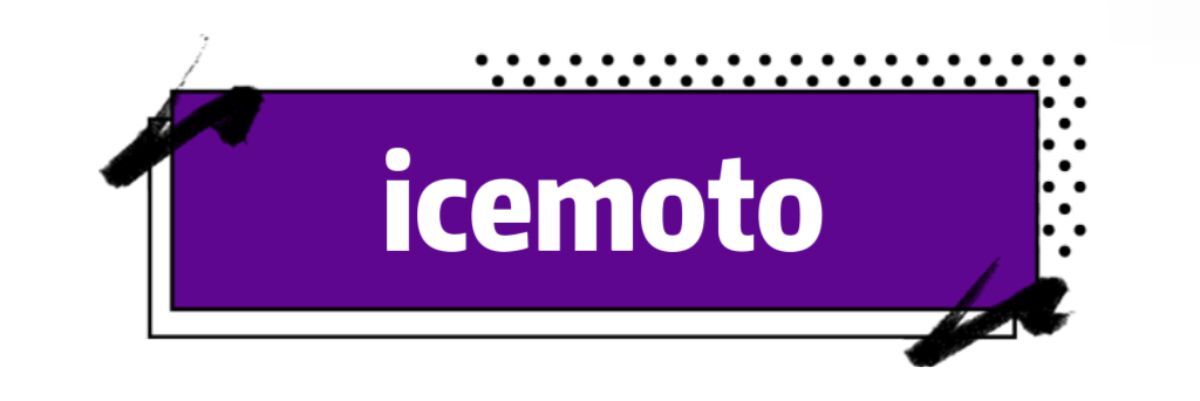4 Tips to Select the Perfect Bird's Eye Fabric
If you want to learn more, please visit our website Qicai.
For sewing enthusiasts and textile lovers, picking the right fabric is crucial. Among the various options, bird's eye fabric is notable for its unique texture and versatility. Featuring a distinctive design that resembles small, interlinked diamonds or "eyes," this material can enhance a wide array of projects, from clothing to home décor. However, with numerous choices in composition, weight, and design available, how do you decide on the perfect bird's eye fabric? Here are four essential tips to help you navigate your options.
1. Understand the Fabric Composition
The first step when choosing bird's eye fabric is to comprehend its composition. Typical materials include cotton, polyester, and blends of both, each offering distinct advantages:
- Cotton: Known for its breathability and softness, cotton bird's eye fabric is a preferred choice for clothing and linens. It's simple to sew and retains color well, which makes it perfect for vibrant patterns.
- Polyester: This synthetic choice is celebrated for its durability and wrinkle resistance. If you're thinking of using bird's eye fabric for outdoor projects, polyester is an excellent option as it dries faster and resists fading due to sunlight.
- Blends: Combining various fibers typically results in a fabric that merges the best qualities of both types, offering comfort and durability. A cotton-polyester blend can deliver the softness of cotton along with the strength of polyester.
When selecting your material, remember to check the label for its composition. This will not only affect the texture but also determine how the fabric behaves during washing and wear.
2. Evaluate Weight and Thickness
Bird's eye fabric can vary significantly in weight and thickness, both of which can affect its appropriateness for your specific project. Lighter options are perfect for garments, providing breathability, while heavier weights suit more structured items like bags or curtains. Additionally:
- Weight: Lightweight bird's eye fabrics often drape elegantly and are ideal for spring and summer wear, allowing for movement and air circulation. If your intention is to sew sleepwear or casual clothing, lightweight is the way to go.
- Thickness: Thicker versions offer increased durability, making them suitable for upholstery or outdoor materials. If your project involves items that will endure heavy use, such as cushions, thicker bird's eye fabric is the optimal choice.
It's advisable to touch a swatch of the fabric before you buy to get a true sense of its weight and texture, ensuring it meets your project's needs.
3. Explore Patterns and Colors
The visual appeal of bird's eye fabric is another crucial aspect. The design can vary from subtle to striking. Here’s what to consider:
Recommended article:The Advantages of Utilizing Birds Eye Fabric
- Pattern Scale: Think about how the scale of the bird's eye pattern will influence the final look of your project. Smaller patterns are suitable for delicate items, while larger ones can make a bold statement, especially on jackets or big bags.
- Color Palette: Reflect on the colors that align with your design vision. Whether you want a neutral tone for versatility or an eye-catching print, choose colors that complement your style. Timeless colors work for classic pieces, while bright shades suit trendy or youthful applications.
- Coordinating Fabrics: If your project involves multiple materials, opt for a bird’s eye design that works well with your other fabric choices. Combining contrasting or coordinating fabrics can yield stunning visual results.
The look of your fabric can significantly affect your overall design, so take this step seriously. Explore all your options before making a final decision to find the perfect fit for your theme.
4. Consider the End Use and Maintenance
Your last consideration should always be the fabric's intended use and upkeep. Depending on how and where the fabric will be used, consider the following:
- Durability: If the item is likely to face regular wear and tear, especially in busy areas like the kitchen or living room, choose a thicker, more resilient fabric. For everyday wear items, ensure your selection can tolerate regular washing without losing its appeal.
- Care Requirements: Some bird's eye fabrics may need specific care instructions, such as dry cleaning or gentle washing. Select fabrics that suit your lifestyle; if you prefer low-maintenance options, synthetic blends may be the best fit.
- Allergies: If you have sensitivities to certain materials, prioritize fabrics made from natural fibers like cotton, as they are less likely to cause irritation and generally provide better breathability.
Ultimately, being informed about the fabric's use and care will ensure your project remains durable while meeting your expectations.
Choosing the ideal bird's eye fabric doesn't have to be daunting. By learning about the composition, assessing weight, exploring patterns, and contemplating end use, you’ll discover a fabric that fulfills your requirements and ignites your creativity. Happy sewing!
You can find more information on our web, so please take a look.
If you’re looking to gather insights about birds eye material, contact us today to arrange an expert consultation!

